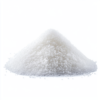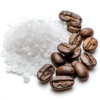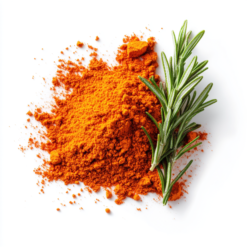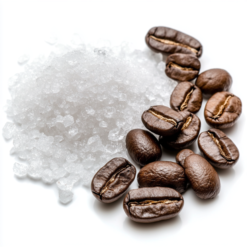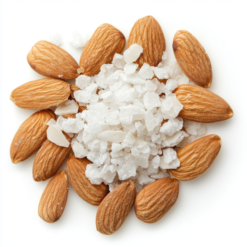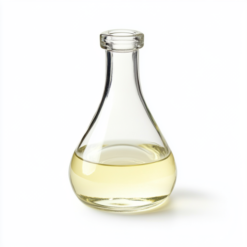Properties and effects of kojic acid:
Brightening effect and reduction of hyperpigmentation The main mechanism of kojic acid’s action is to block the activity of tyrosinase – a key enzyme involved in melanogenesis, which is responsible for the production of melanin, the skin’s pigment.
Kwa shows the ability to form complexes with zinc and copper ions, which are essential for tyrosinase activity This makes kojic acid help reduce pigment spots and even out skin tone. Anti-inflammatory effects Kojic acid also exhibits anti-inflammatory effects.
It has antibacterial properties and is recommended for acne lesions.
Applications in cosmetics:
Kojic acid can be used in cosmetic preparations such as creams, serums, toners and facial gels, as well as in professional chemical peels used in cosmetology offices.
It is also used in anti-aging cosmetics and products for skin with hyperpigmentation and acne.
Kojic acid can be combined with other ingredients with brightening and antioxidant effects, such as vitamin C, arbutin, or alpha- and beta-hydroxy acids, which enhances its effectiveness.
Kojic acid is typically used in concentrations of up to 1% in cosmetic products for daily skin care.
The use of higher concentrations (above 1%) is recommended only under the supervision of a specialist as part of professional treatments.
It is not recommended to use products containing kojic acid in people with allergies to this ingredient, or on damaged skin with open wounds or active inflammation.


